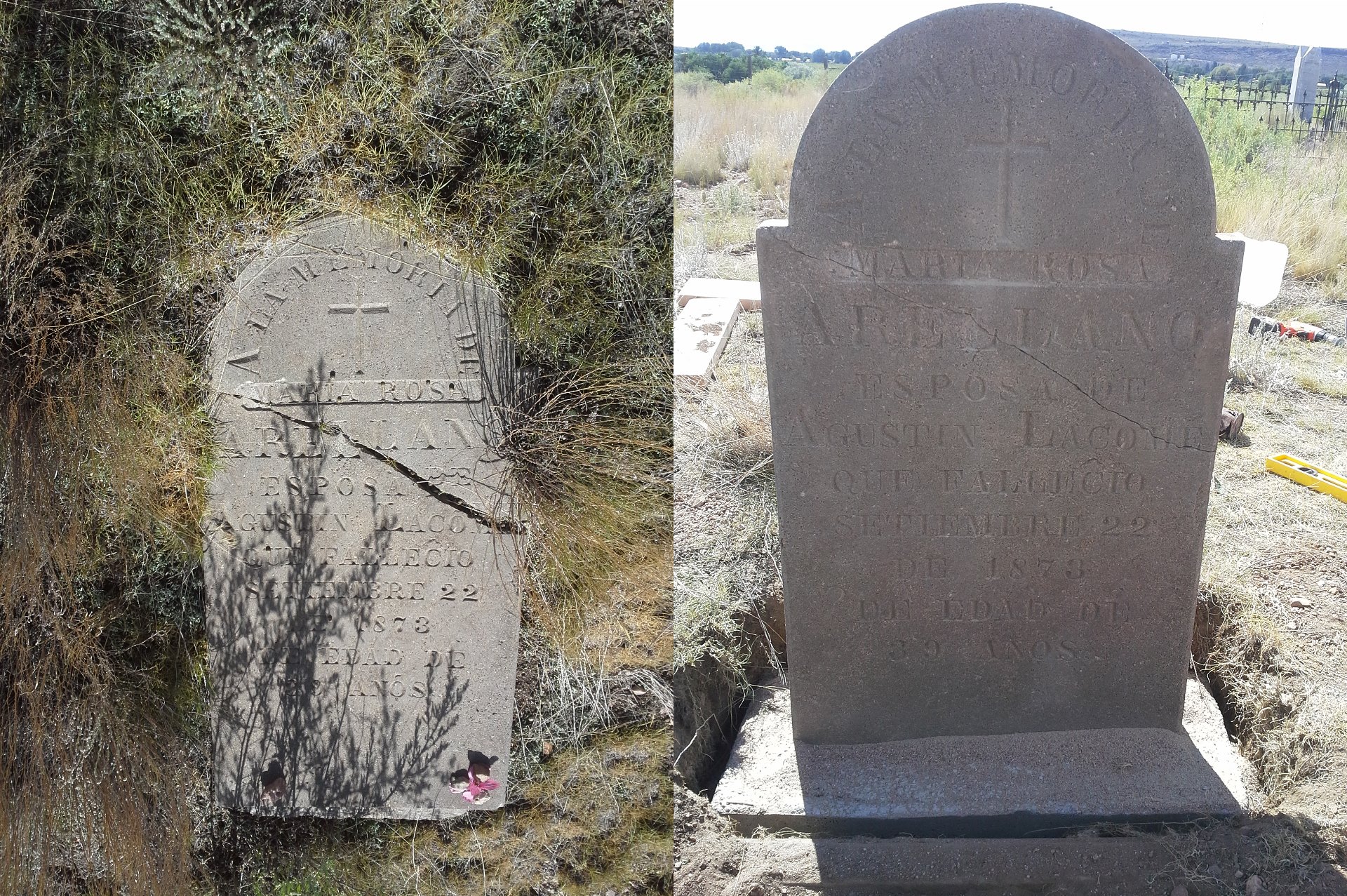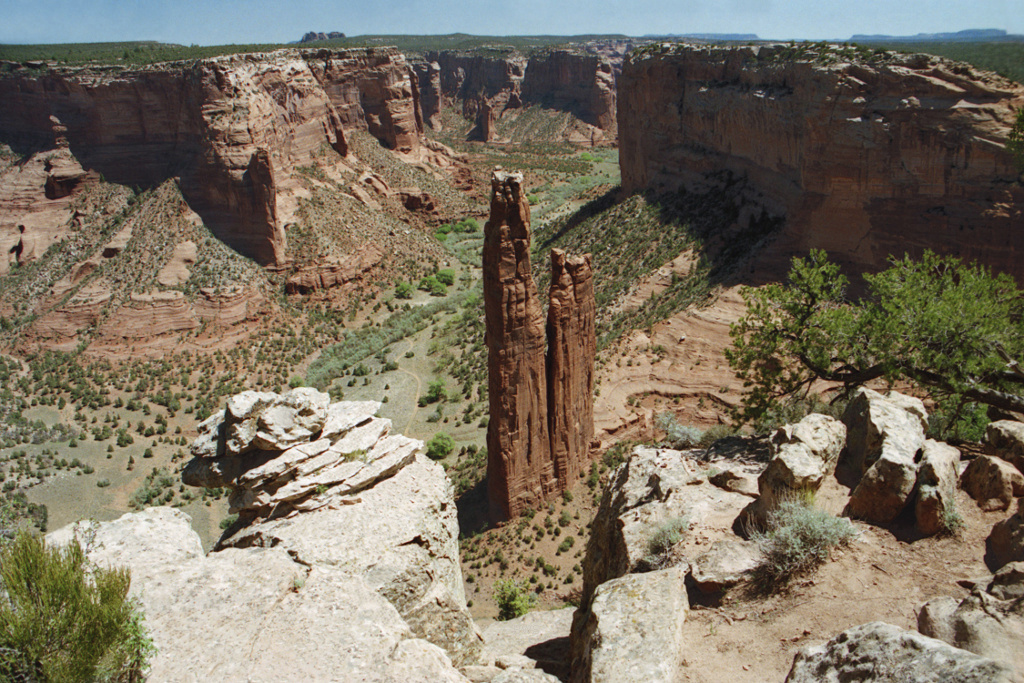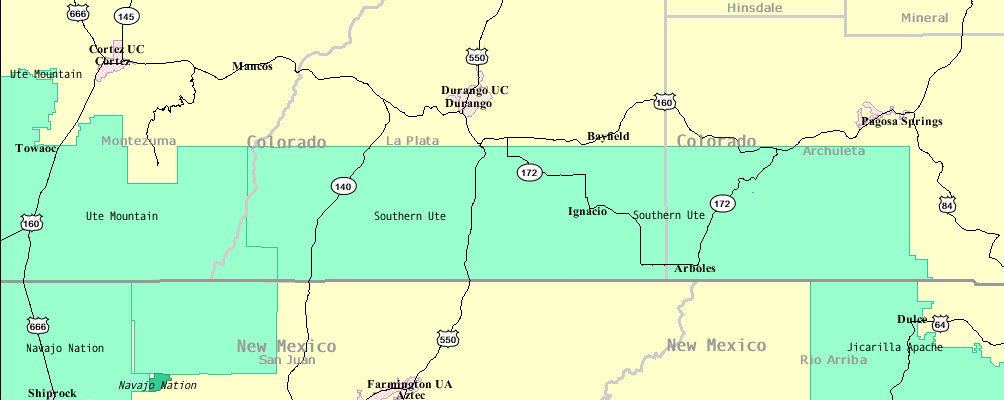|
Auguste Lacome
Auguste Sylvestre LaCome (October 25, 1821 – November 11, 1888) was a French settler and trader in the New Mexico Territory and brother of Jean Baptiste (Juan Bautista) LaCome. He was an investigator to the White massacre. Biography Early life Auguste LaCome was born in the township of Ordizan near the French/Spanish border. His maternal grandfather, Alexis Doleac, left the priesthood to join the French Revolution in the name of liberty and equality. LaCome's father worked as a medical officer. His parents had three other sons besides Auguste and Jean Baptiste. One of those brothers, Joseph LaCome, also left France to travel to South America. None of their three daughters survived to adulthood. US census records list Auguste LaCome's birthplace as both France and Spain, but he and his brother are referred to as "Frenchmen"Arroyo Hondo Book of Baptisms/Marriages 1852-1865 Nuestra Senora De Los Dolores in contemporary sources. He was issued a passport on August 6, 1842, and l ... [...More Info...] [...Related Items...] OR: [Wikipedia] [Google] [Baidu] |
Ordizan
Ordizan (; oc, Ordisan) is a Communes of France, commune in the Hautes-Pyrénées Departments of France, department in south-western France. See also *Communes of the Hautes-Pyrénées department References Communes of Hautes-Pyrénées {{HautesPyrénées-geo-stub ... [...More Info...] [...Related Items...] OR: [Wikipedia] [Google] [Baidu] |
Godparent
In infant baptism and denominations of Christianity, a godparent (also known as a sponsor, or '' gossiprede'') is someone who bears witness to a child's christening and later is willing to help in their catechesis, as well as their lifelong spiritual formation. In the past, in some countries, the role carried some legal obligations as well as religious responsibilities. In both religious and civil views, a godparent tends to be an individual chosen by the parents to take an interest in the child's upbringing and personal development, to offer mentorship or claim legal guardianship of the child if anything should happen to the parents. A male godparent is a godfather, and a female godparent is a godmother. The child is a godchild (i.e. godson for boys and goddaughter for girls). Christianity Origins and history As early as the 2nd century AD, infant baptism had begun to gain acceptance among Catholic Christians for the spiritual purification and social initiation of infa ... [...More Info...] [...Related Items...] OR: [Wikipedia] [Google] [Baidu] |
Wyoming
Wyoming () is a U.S. state, state in the Mountain states, Mountain West subregion of the Western United States. It is bordered by Montana to the north and northwest, South Dakota and Nebraska to the east, Idaho to the west, Utah to the southwest, and Colorado to the south. With a population of 576,851 in the 2020 United States census, Wyoming is the List of U.S. states and territories by population, least populous state despite being the List of U.S. states and territories by area, 10th largest by area, with the List of U.S. states by population density, second-lowest population density after Alaska. The state capital and List of municipalities in Wyoming, most populous city is Cheyenne, Wyoming, Cheyenne, which had an estimated population of 63,957 in 2018. Wyoming's western half is covered mostly by the ranges and rangelands of the Rocky Mountains, while the eastern half of the state is high-elevation prairie called the High Plains (United States), High Plains. It is drier ... [...More Info...] [...Related Items...] OR: [Wikipedia] [Google] [Baidu] |
Questa
Questa is a village in Taos County, New Mexico, United States. The population was 1,770 at the 2010 census. The village has trails into the Rio Grande Gorge, trout fishing, and mountain lakes with trails that access the Sangre de Cristo Mountains that overlook the area. Questa is on the Enchanted Circle Scenic Byway, near the confluence of the Rio Grande and the Red River. The "Gateway to the Rio Grande del Norte Monument", its visitors can drive to an overlook of the Red River meeting the Rio Grande in the depth of the gorge. The Carson National Forest parallels Questa to the east. The Columbine Hondo Wilderness and Latir Peak Wildness are in the Carson National Forest close to Questa. With a large Hispanic population, the village economy was historically largely dependent on agriculture and income from a now-closed Chevron molybdenum mine. Many residents also commute to Taos, Red River, and Angel Fire to work in the hospitality industries there. Geography Questa is at ... [...More Info...] [...Related Items...] OR: [Wikipedia] [Google] [Baidu] |
Canyon De Chelly
Canyon de Chelly National Monument ( ) was established on April 1, 1931, as a unit of the National Park Service. Located in northeastern Arizona, it is within the boundaries of the Navajo Nation and lies in the Four Corners region. Reflecting one of the longest continuously inhabited landscapes of North America, it preserves ruins of the indigenous tribes that lived in the area, from the Ancestral Puebloans (also known as the Anasazi) to the Navajo. The monument covers and encompasses the floors and rims of the three major canyons: de Chelly, del Muerto, and Monument. These canyons were cut by streams with headwaters in the Chuska Mountains just to the east of the monument. None of the land is federally owned. Canyon de Chelly is one of the most visited national monuments in the United States. Etymology The name ''Chelly'' (or ''Chelley'') is a Spanish borrowing of the Navajo word'' '', which means "canyon" (literally "inside the rock" < ''tsé'' "rock" + ''-yiʼ'' "insid ... [...More Info...] [...Related Items...] OR: [Wikipedia] [Google] [Baidu] |
Cañon De Chelly
Canyon de Chelly National Monument ( ) was established on April 1, 1931, as a unit of the National Park Service. Located in northeastern Arizona, it is within the boundaries of the Navajo Nation and lies in the Four Corners region. Reflecting one of the longest continuously inhabited landscapes of North America, it preserves ruins of the indigenous tribes that lived in the area, from the Ancestral Puebloans (also known as the Anasazi) to the Navajo. The monument covers and encompasses the floors and rims of the three major canyons: de Chelly, del Muerto, and Monument. These canyons were cut by streams with headwaters in the Chuska Mountains just to the east of the monument. None of the land is federally owned. Canyon de Chelly is one of the most visited national monuments in the United States. Etymology The name ''Chelly'' (or ''Chelley'') is a Spanish borrowing of the Navajo word'' '', which means "canyon" (literally "inside the rock" < ''tsé'' "rock" + ''-yiʼ'' "insid ... [...More Info...] [...Related Items...] OR: [Wikipedia] [Google] [Baidu] |
Navajo People
The Navajo (; British English: Navaho; nv, Diné or ') are a Native American people of the Southwestern United States. With more than 399,494 enrolled tribal members , the Navajo Nation is the largest federally recognized tribe in the United States; additionally, the Navajo Nation has the largest reservation in the country. The reservation straddles the Four Corners region and covers more than 27,325 square miles (70,000 square km) of land in Arizona, Utah, and New Mexico. The Navajo Reservation is slightly larger than the state of West Virginia. The Navajo language is spoken throughout the region, and most Navajos also speak English. The states with the largest Navajo populations are Arizona (140,263) and New Mexico (108,306). More than three-fourths of the enrolled Navajo population resides in these two states. [...More Info...] [...Related Items...] OR: [Wikipedia] [Google] [Baidu] |
Jicarilla War
The Jicarilla War began in 1849 and was fought between the Jicarilla Apaches and the United States Army in the New Mexico Territory. Ute warriors also played a significant role in the conflict as they were allied with the Jicarillas. The war started when the Apaches and Utes began raiding against settlers on the Santa Fe Trail. Eventually, in 1853, the U.S. Army retaliated which resulted in a series of battles and campaigns that ended in 1854 when a large military expedition managed to quell most of the violence. However, some minor skirmishing continued into 1855. War Dolores Gunnerson argues that "the Jicarillas would have transferred their allegiance to the Americans and served them as faithfully as they had served the Spaniards if the Anglos had been willing to accept them as "friends" and allies." She further states that "the Jicarilla were at war with the United States for only a year and a half and spent nearly all that period eluding the troops rather than fighting. ... [...More Info...] [...Related Items...] OR: [Wikipedia] [Google] [Baidu] |
Kit Carson
Christopher Houston Carson (December 24, 1809 – May 23, 1868) was an American frontiersman. He was a fur trapper, wilderness guide, Indian agent, and U.S. Army officer. He became a frontier legend in his own lifetime by biographies and news articles, and exaggerated versions of his exploits were the subject of dime novels. His understated nature belied confirmed reports of his fearlessness, combat skills, tenacity, and profound effect on the westward expansion of the United States. Although he was famous for much of his life, historians in later years have written that Kit Carson did not like, want, or even fully understand the fame that he experienced during his life. Carson left home in rural Missouri at 16 to become a mountain man and trapper in the West. In the 1830s, he accompanied Ewing Young on an expedition to Mexican California and joined fur-trapping expeditions into the Rocky Mountains. He lived among and married into the Arapaho and Cheyenne tribes. In the 18 ... [...More Info...] [...Related Items...] OR: [Wikipedia] [Google] [Baidu] |
Muache
The Southern Ute Indian Reservation (Ute dialect: Kapuuta-wa Moghwachi Núuchi-u) is a Native American reservation in southwestern Colorado near the northern New Mexico state line. Its territory consists of land from three counties; in descending order of surface area they are La Plata, Archuleta, and Montezuma Counties. The reservation has a land area of 1,058.785 sq mi (2,742.24 km²). Its largest communities are Ignacio and Arboles. The only other community that is recognized as a separate place by the Census Bureau is the CDP of Southern Ute, which lies just southeast of Ignacio. History Historic bands The Southern Ute tribes include the Muache, Capote, and the Weeminuche, the latter of which are at Ute Mountain. These tribes were considered the Southern Utes. Capote The Capote (''Kapuuta Núuchi'', ''Kapota'', ''Kahpota'') band lived east of the Great Divide south of the Conejos River and east of the Rio Grande towards the west site of the Sangre de Cristo Mounta ... [...More Info...] [...Related Items...] OR: [Wikipedia] [Google] [Baidu] |
Peon
Peon (English , from the Spanish ''peón'' ) usually refers to a person subject to peonage: any form of wage labor, financial exploitation, coercive economic practice, or policy in which the victim or a laborer (peon) has little control over employment or economic conditions. Peon and peonage can refer to both the colonial period and post-colonial period of Latin America, as well as the period after the end of slavery in the United States, when " Black Codes" were passed to retain African-American freedmen as labor through other means. Usage In English, ''peon'' (doublet of ''pawn'') and ''peonage'' have meanings related to their Spanish etymology (foot soldier); a ''peon'' may be defined as a person with little authority, often assigned unskilled tasks; an underling or any person subjected to capricious or unreasonable oversight. In this sense, ''peon'' can be used in either a derogatory or self-effacing context. There are similar usages in contemporary cultures: * South Asian ... [...More Info...] [...Related Items...] OR: [Wikipedia] [Google] [Baidu] |
Jicarilla Apache
Jicarilla Apache (, Jicarilla language: Jicarilla Dindéi), one of several loosely organized autonomous bands of the Eastern Apache, refers to the members of the Jicarilla Apache Nation currently living in New Mexico and speaking a Southern Athabaskan language. The term ''jicarilla'' comes from Mexican Spanish meaning "little basket", referring to the small sealed baskets they used as drinking vessels. To neighboring Apache bands, such as the Mescalero and Lipan, they were known as ''Kinya-Inde'' ("People who live in fixed houses"). The Jicarilla called themselves also ''Haisndayin'' translated as "people who came from below". because they believed themselves to be the sole descendants of the first people to emerge from the underworld, the abode of Ancestral Man and Ancestral Woman, who produced the first people. The Jicarilla believed ''Hascin'', their chief deity, was responsible for the creation of Ancestral Man and Ancestral Woman and also for the creation of the animals and ... [...More Info...] [...Related Items...] OR: [Wikipedia] [Google] [Baidu] |









